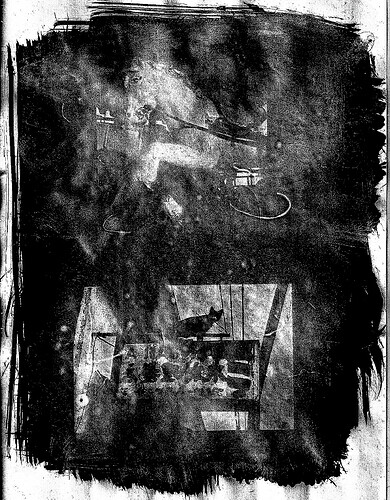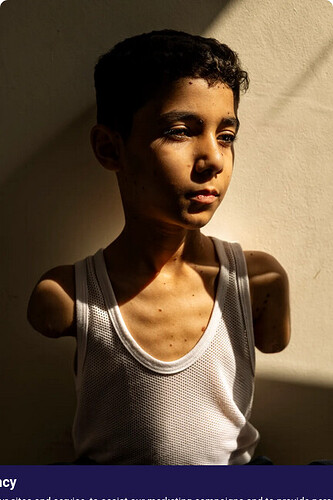you want to edit photos like the guy who very famously never edited any of his photos because he was so awesome he could do everything in-camera?
holy shit I want to cuss out whoever wrote this.
Hey, I’ll teach you how to edit like Adams for only $10! I’ll even provide you with the software he used!
Well he did do some masking and softening while developing his photos
ok, I thought it was all full frame and zone exposure but sounds like you know more about it than me. still, they just said “Ansel Adams” because he’s a famous photographer that their audience has heard of (as opposed to Jerry Ulesman, who was the king of darkroom editing, because he’s not a name buyers would generally know) even though most of Adams’ work contained no edits whatsoever; or was minimal, as you say. even if Adams did a little editing, it’s still an incredibly stupid thing to say.
I think he’s more known for manipulation while making prints. He was a master of techniques like dodging and burning.
Yup, those are the correct terms. I was too lazy to look them up last night. Thanks
Be careful, the chemicals used here can be very toxic.
My lame efforts…


[…]
Pettit also authored a remarkable shot of Earth with two satellite galaxies in the background back in December. As Pettit reported on X (formerly Twitter), he took the photo using a “home-made tracking device that allows time exposures required to photograph star fields,” and to “stay tuned for more photos like this.”
[…]
The Center for Iberian Studies - Centro de Estudos Ibéricos (CEI)- remains committed to strengthening the cultural and scientific axis organized by Coimbra, Guarda and Salamanca and, through an active involvement in territorial cooperation, committed to low density territories, particularly the most peripheral and border ones. Based on these references and on the importance of image in contemporary societies, the project Transversalities: Photography without Borders uses photography as a means of promoting the inclusion of territories and breaking with processes of exclusion to which vast areas of the planet are subjected by the media. Pursuing objectives that coincide with those that guide CEI’s work, this Photography without Borders contest contributes to overcoming the artificial borders that are imposed between communities, peoples and cultures. The call for submissions that portray spaces beyond and beyond borders, scattered across the various continents, aims, by documenting the diversity of Territories, Societies and Cultures, to read and interpret the multiplicity of natural, economic, social and cultural landscapes that are scattered across the vast geographies of the planet. In a project that uses image as a means to promote territorial cooperation, the following issues are privileged:
- taking advantage of the aesthetic, documentary and pedagogical value of the image to promote the inclusion of less visible territories, inventory resources, enhance local landscapes, cultures and heritage;
- to promote cooperation between people, institutions and territories, from here and from abroad, to encourage the exchange of experiences and knowledge between spaces united by the common Iberian matrix, spread across different countries and several continents;
- to form new audiences and use new communication technologies as a privileged means of communication, appealing to the participation of young university students and, in this way, to widen the international network of researchers that is being organized from the CEI.
2. Themes
The pictures collected under this contest should portray the diversity of territories, societies and cultures of different continents in order to allow crossed looks on the changes which are taking place in different parts of the world, show different styles of social organization and space, capture signs of continuity and change, archaisms and innovations that manifest themselves in the most populous cities or rural areas, located in the most remote and distant and areas, which are facing depopulation. The interpretation of the natural, economic, social and cultural landscapes validated in photos will make them an important component of territorial cooperation, as they are valuable resources of promoting the inclusion of remote and less visible regions.
Photos must allude to one of the following subjects:
- Landscapes, biodiversity and natural heritage (Natural resources and risks; use, management and planning of natural areas; diversity of contexts and intercourse between man and the environment, etc.).
- Rural areas, agriculture and settlement (Goods and agricultural products, organization of rural areas; places and rural architecture, mobility, etc.).
- The city and the urbanization process (City, architecture, regeneration and urbanization processes; landscapes, urban environments and experiences, etc.).
- Culture and society: cultural diversity and social inclusion (Constructed legacy and cultural heritage, ways of life and social conditions; fight against poverty and social exclusion, etc.)







